1 Comment
In Solo Chronicles: Second Installment I shared how I produce the scans that are the basis of my work. My next step is to use the scans to produce new objects that I can make art with. Here are some of the organic shapes produced from the scans done for this project. You may have noticed that most of my early work relies heavily on flipping and repeating shapes, reminiscent of Rorschach tests or kaleidoscopes. This is an easy device to begin an exploration with, and while I am moving away from using these repeated shapes in my finished work, they still provide a good starting point.
After a few of these flipped and repeated shapes evolve, I become bored with the predictability, and begin exploring complex shapes without flipping and repeating. Combining unrelated organic shapes creates an entirely different exploration, which can loop back around to flipping and repeating. The final image shows some composite shapes made from several organic selections. All of these shapes, plus many more, form a “library” which I will use to create the work for the Sotheby’s show . Ok, I’ve fallen behind a bit in sharing my process. The demands of starting a new studio with 15 other artists has been a bit taxing. Turns out the process of creating community is a huge amount of work, which will continue wether I make my own artwork or not. And sharing my work with you is important to me, so I hope you can forgive the irregularity in my posts.
In Solo Chronicles: First Installment I shared the photos I had recently taken and described my use of the camera as a tool, and how the photos might influence my artwork. The making of artwork has begun in earnest by now, so it is high time I shared the steps that have taken place. After spending a little time with the photos, I made two large story-boards that captured the best parts of my favorite images from the photo shoot. This process was more about continuing to look, rather than sorting the images or thinking about their use. This helped me rediscover inspiring aspects and notice new shapes and similarities. With the shapes and patterns from the photos fresh in my mind, I started scanning some gestures. While many shapes and movements can be created by my hands, the scanner will only capture a small amount of data at a time, in a linear fashion. For instance, if I move beyond the light bar, the gesture isn’t captured. Likewise, moving my hands backwards produces no result. This means that “drawing” a circle is impossible. Therefore, all the shapes I make are abstracted ideas to begin with. Interestingly, this provides freedom, rather than limitation. Here are the scans I produced for this project. Making art is a constant evolution, in far too many ways to enumerate here, but on the other hand, showing by example is much easier. I find myself at a beginning point with a new project, which I hope to share with you. I’ve been offered a solo show at East Bay Sotheby’s in Oakland’s Montclaire district, planned for late July thru the middle of September of 2013. Since open studios is just a month or two previous, I’m hopeful to make all new work for the Sotheby’s show, beginning with the scans. Any good art project begins with looking, so that’s where I’ll start my chronicles. Today I happen to be at Fort Ross, on the northern coast of California. My husband is a kayak angler, and went out on the ocean, giving me lots of time to unwind, soak in nature, and meditate. The fog was in pretty deep when we first arrived, but cleared quickly. Nonetheless a mood of introspection was set by the spectacular scenery engulfed in first fog then brilliant light. How could one fail to be inspired by such dramatic sights. I don’t want to give the wrong impression; I will not be using these photos for anything other than inspiration. I view the camera as a tool for looking, a way to shut everything else out and connect with feeling the thing I’m looking at. I usually use a Fujifilm digital, but have scaled back my equipment-carrying to the iPad. The photo taking experience with an iPad is nothing like a camera, and I find it more than sub-standard compared to any type of camera: biggest problem is glare on the only surface you have to look at. Plus there aren’t any controls for any function other than (a fuzzy) zoom. That being said, it did provide a portal for beginning to look. The camera helps me isolate ideas and get to the richness I find in natures many facets. Layered color, sensual shapes, moody lighting. The photos may become simply a record of what I was thinking about while preparing for this show; or they may become a more direct reference in the work, such as shapes and how they relate to one another or how colors are layered. That’s the beginning of the journey. After I move into my new studio later in September, I can begin the scans… I wonder which of these shapes will inspire new ideas for my library of objects? |
Kristin DonerI make things. These are some of my thoughts about making and being a maker. Archives
June 2018
Categories
All
|
|
All Images Copyright Kristin Doner, all rights reserved.
Privacy Policy |
Kristin Doner Studios is located in California. Contact us
|
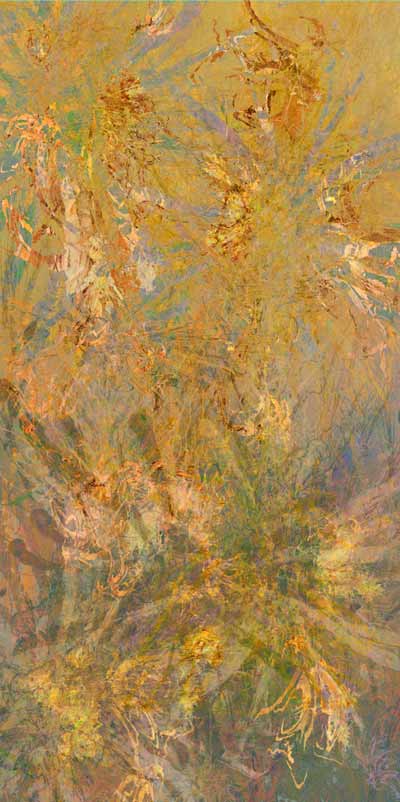
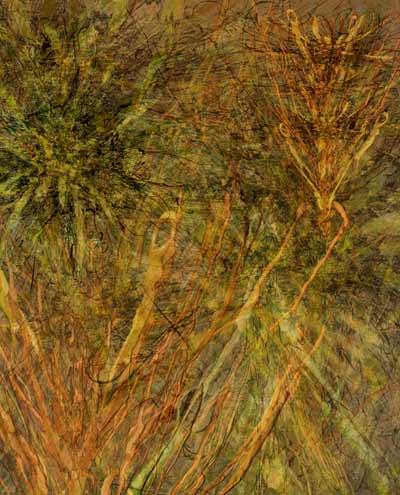
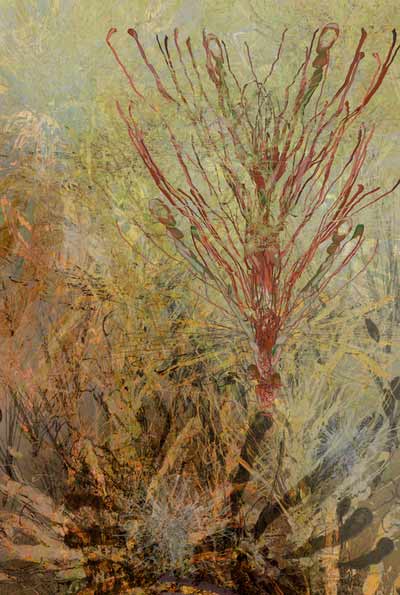
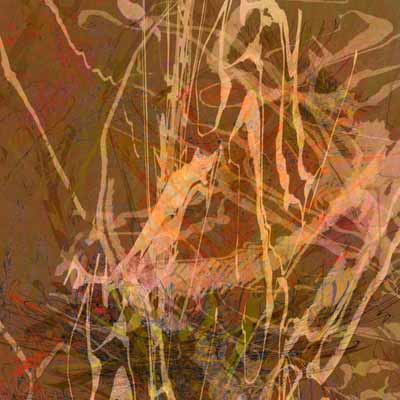
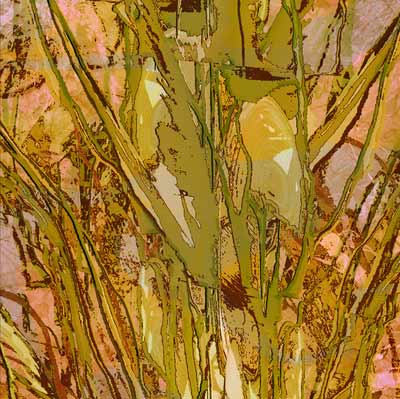
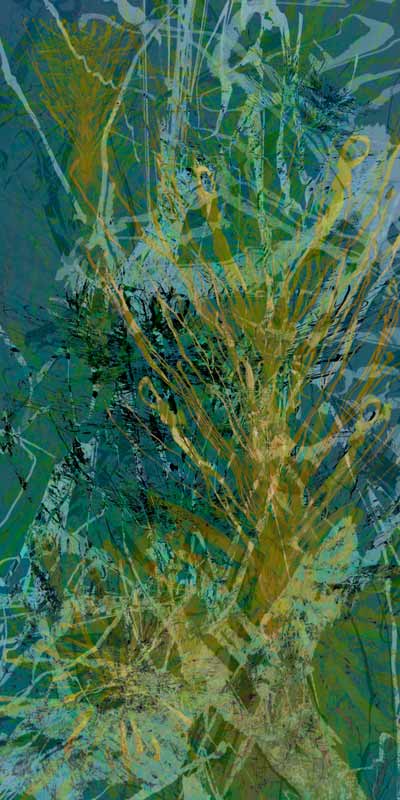
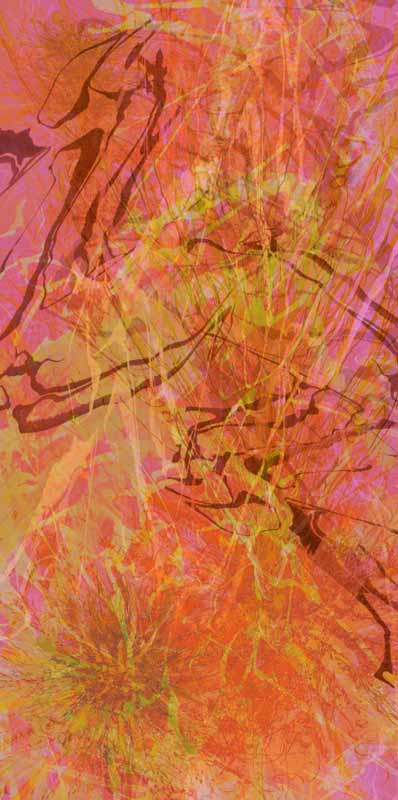
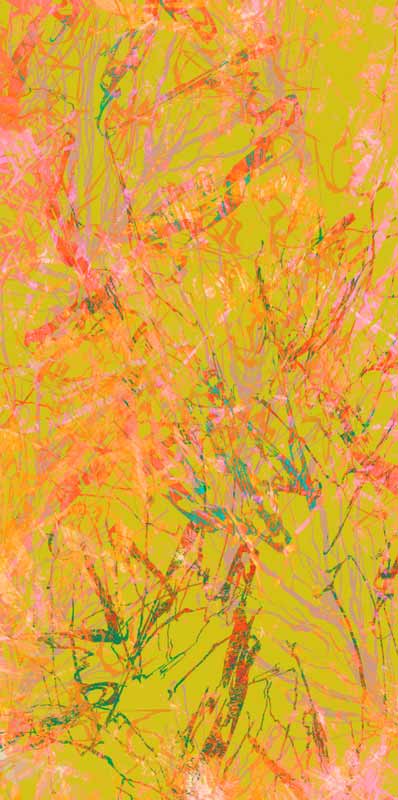
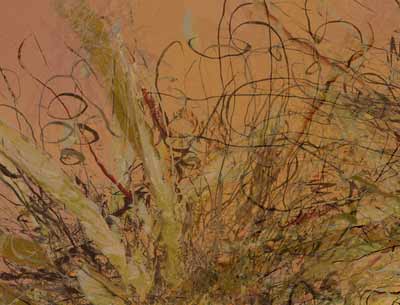
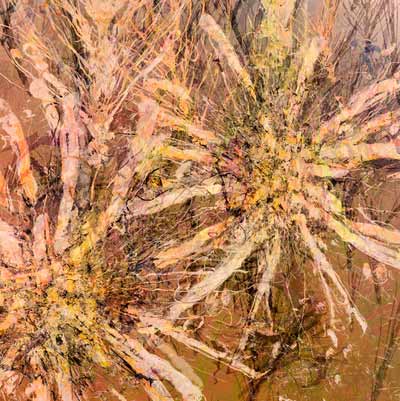
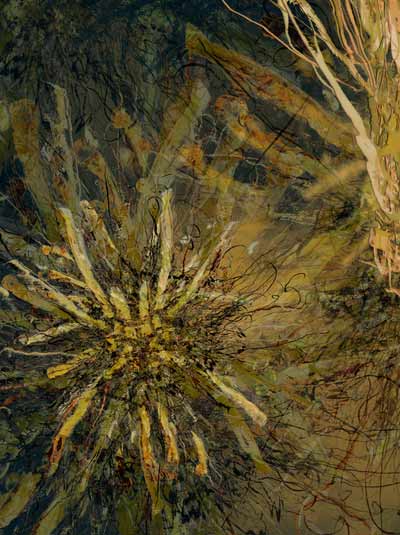
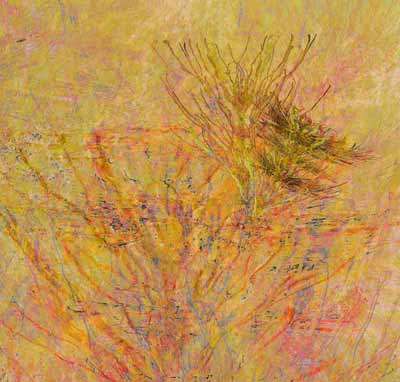
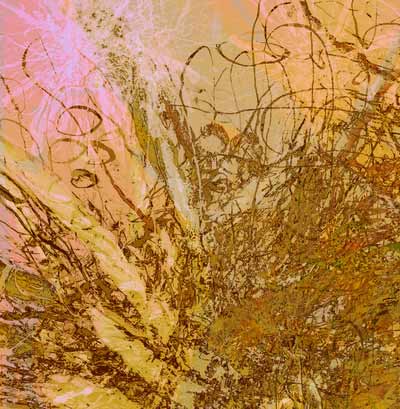
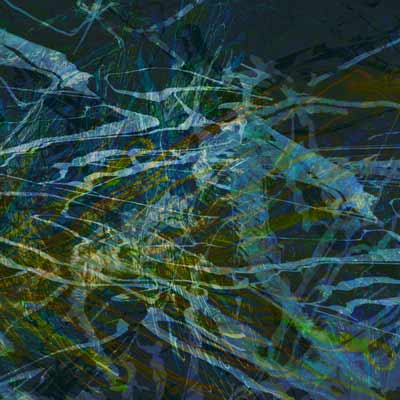
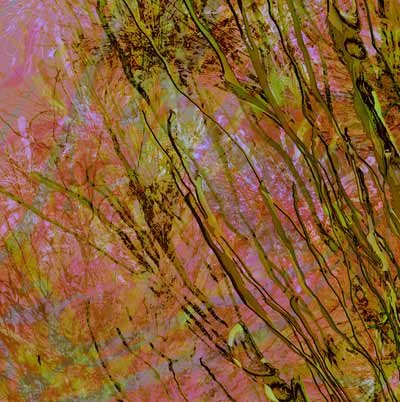
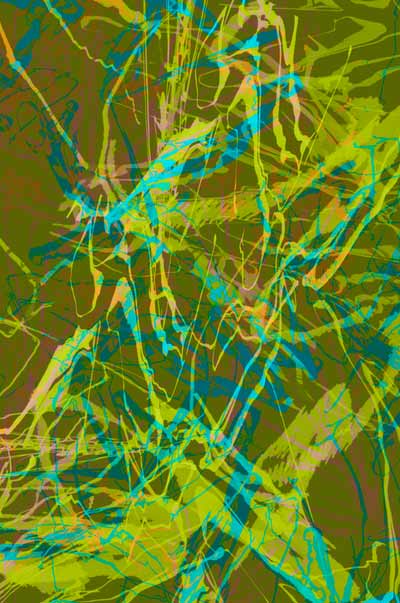
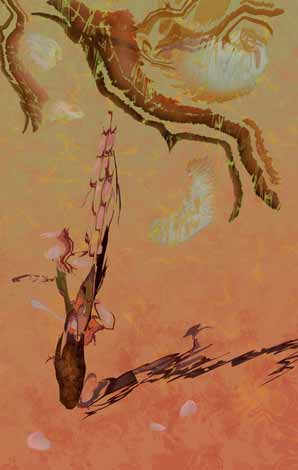
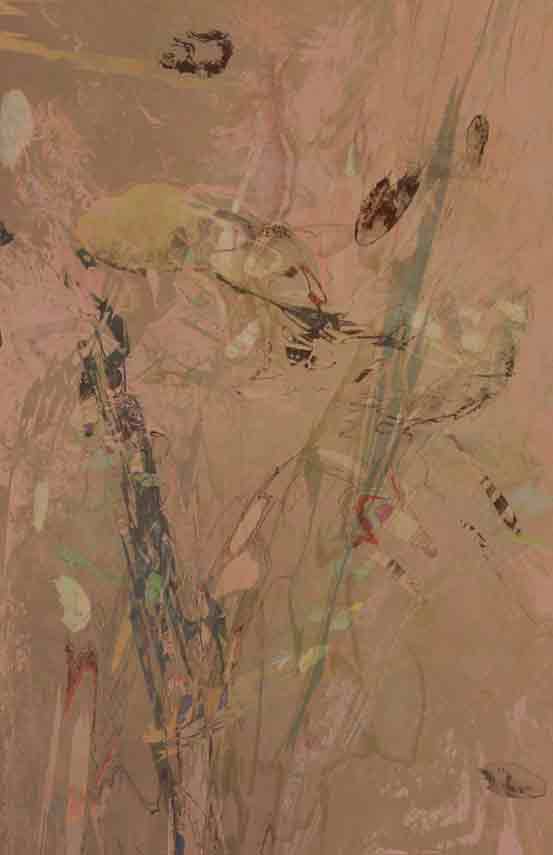
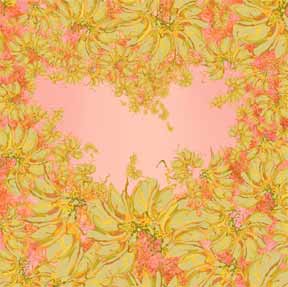
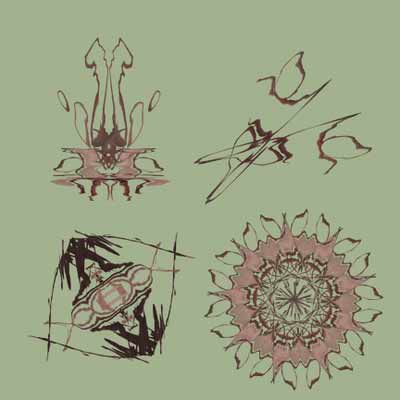
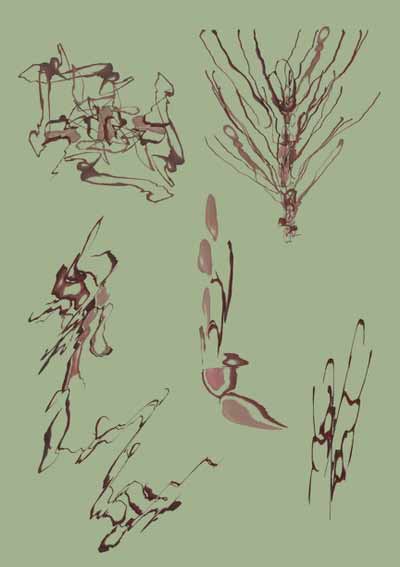
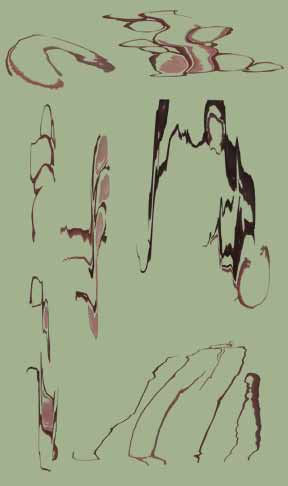
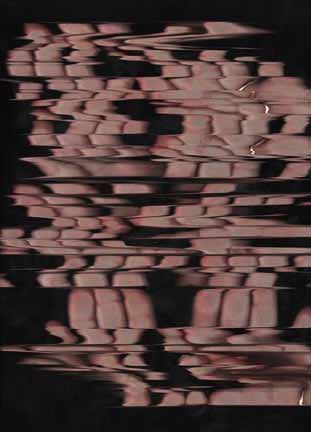
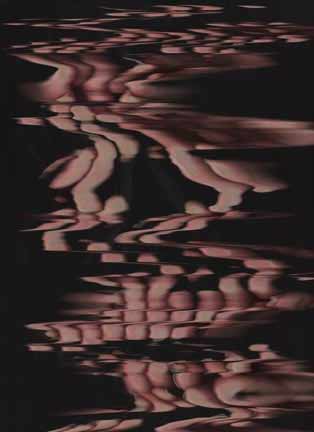
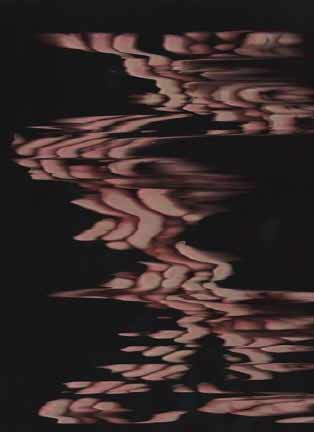
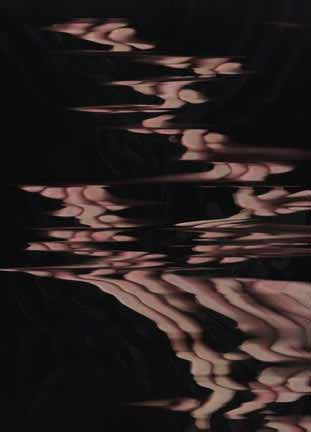
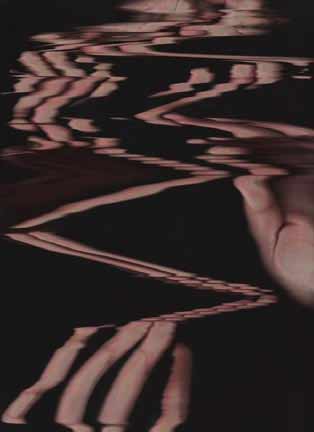
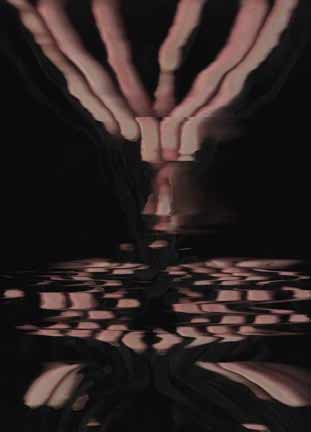
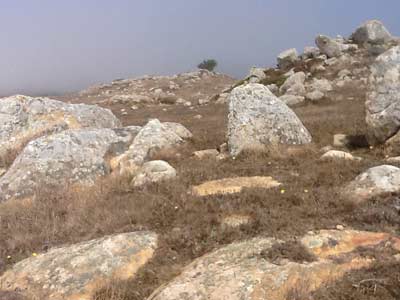
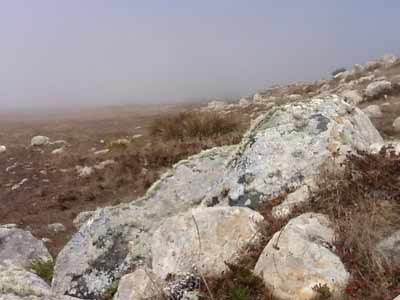
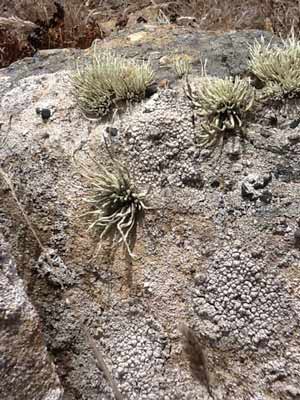
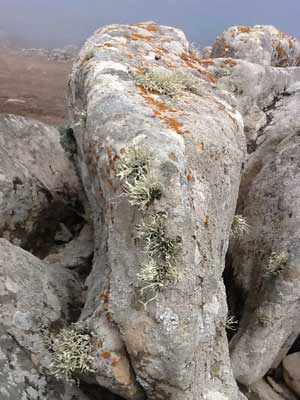
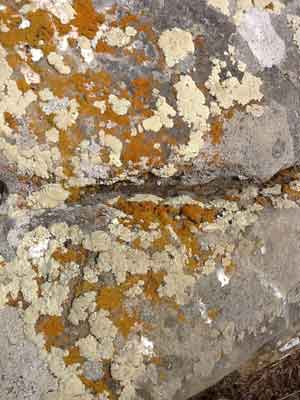
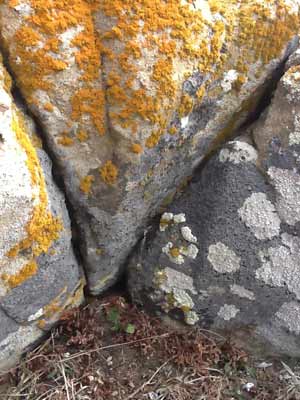
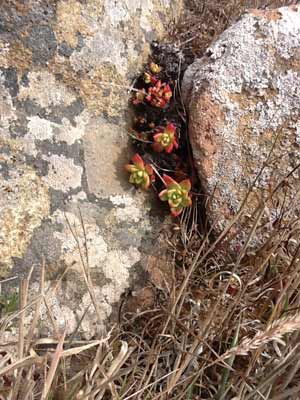
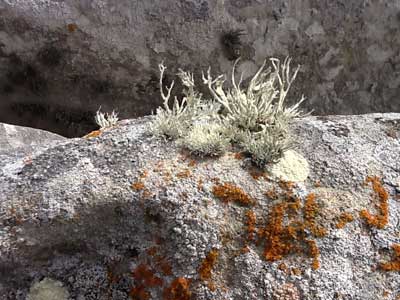
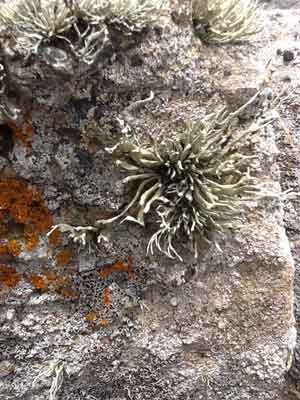
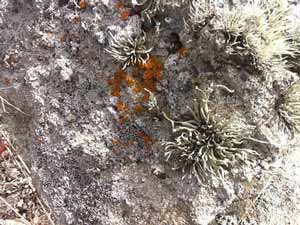
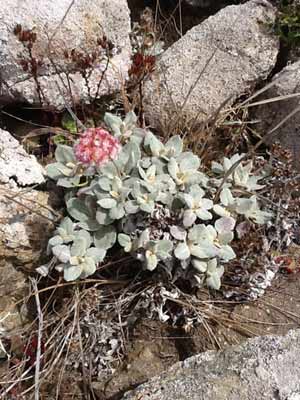
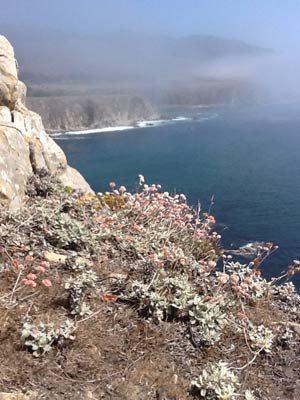
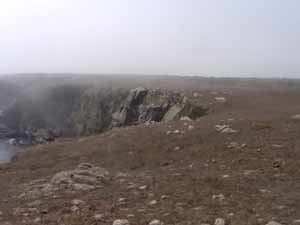
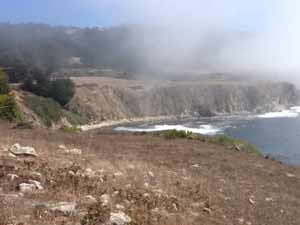
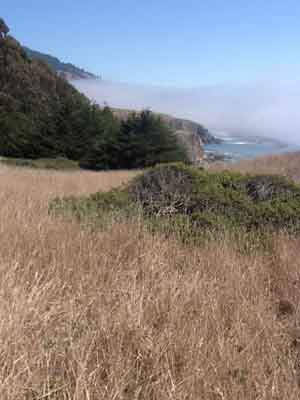
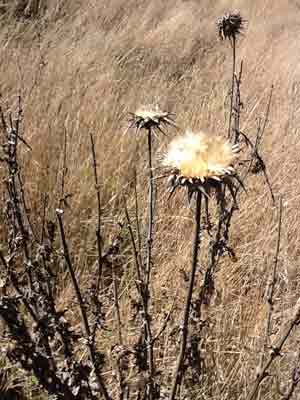
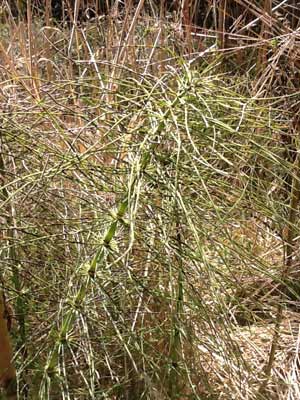
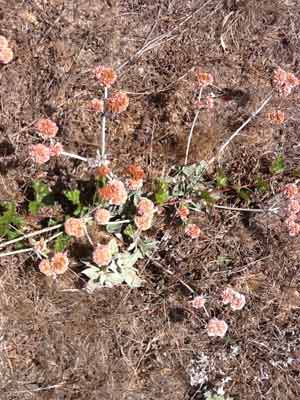
 RSS Feed
RSS Feed